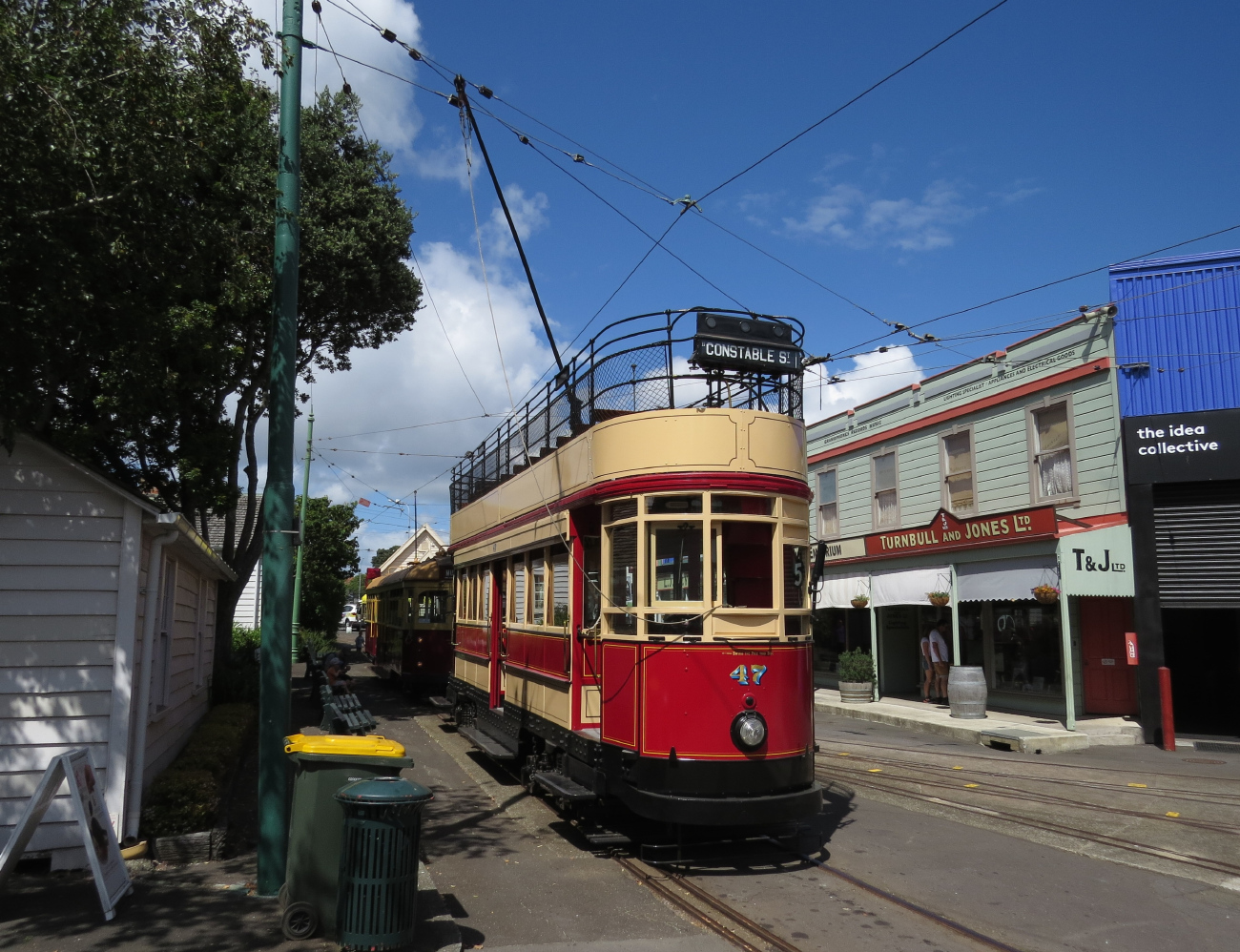 TransPhoto
TransPhoto
Photos are published as is and do not have purpose to promote any political and/or ideological position.
All materials are provided by users and do not reflect the opinion of the site administration.

<
>

 TransPhoto TransPhoto
|
|
Photos are published as is and do not have purpose to promote any political and/or ideological position. All materials are provided by users and do not reflect the opinion of the site administration. 
<
>

|
 East Haven - Branford Data: 14 lutego 2016 r., niedziela
East Haven - Branford Data: 14 lutego 2016 r., niedzielaStatystykaOcenaStały link do zdjęcia |
Auckland, Rouse, Black & Son Nr 47
Twój komentarzZabronione są rozmowy o polityce (karą jest ban na 1 miesiąc)
Nie zalogowałeś się na TransPhoto.Komantarze mogą wystawiac tylko zarejestrowani użytkownicy. | ||||||||||||||
| Strona główna Forum Regulamin Administracja Wersja mobilna Dark Theme © Administracja TransPhoto i autorzy materiałów, 2002—2024
Korzystanie ze zdjęć i innych materiałów opublikowanych na tej stronie jest dozwolone tylko za zgodą ich autorów. |